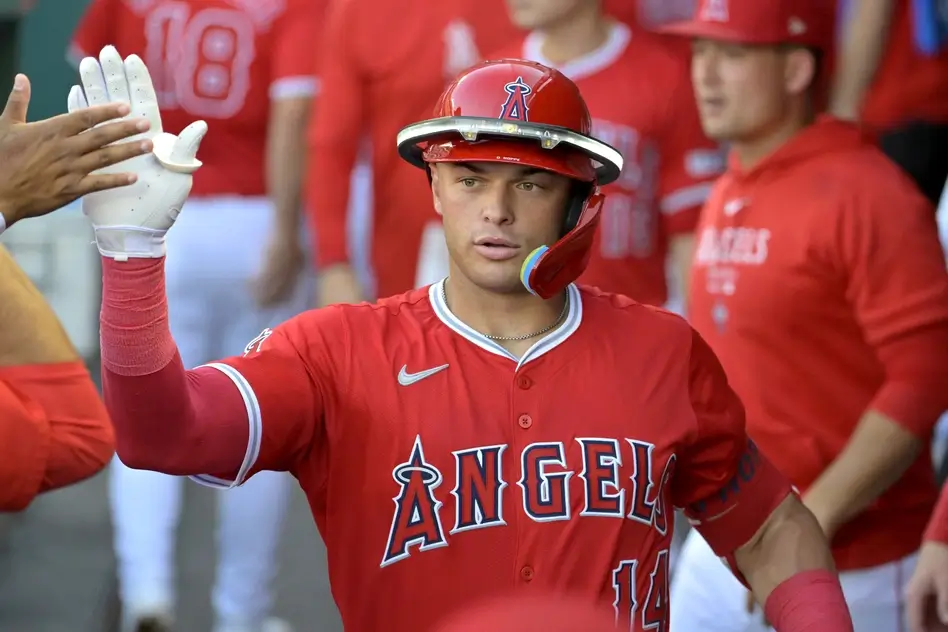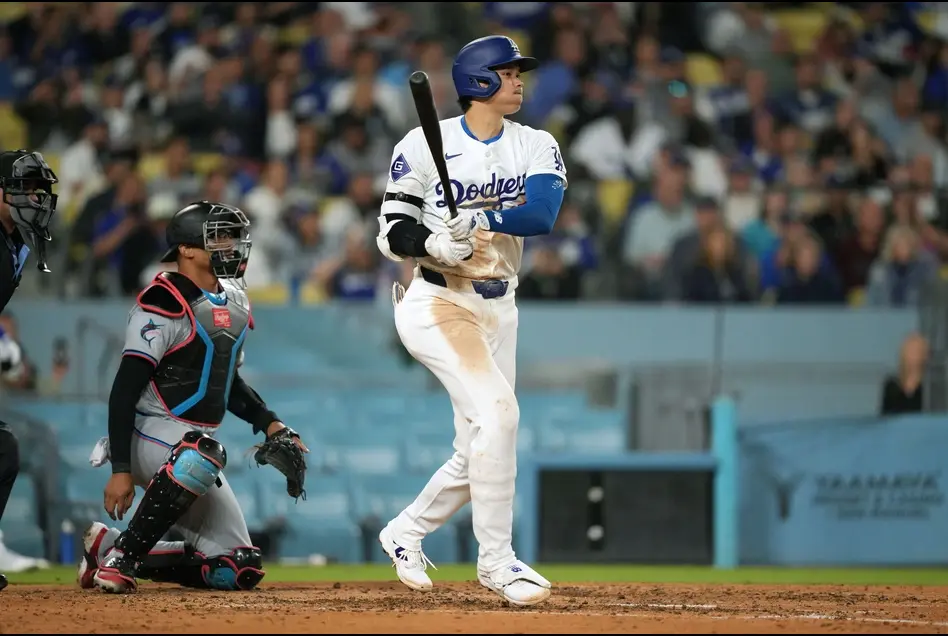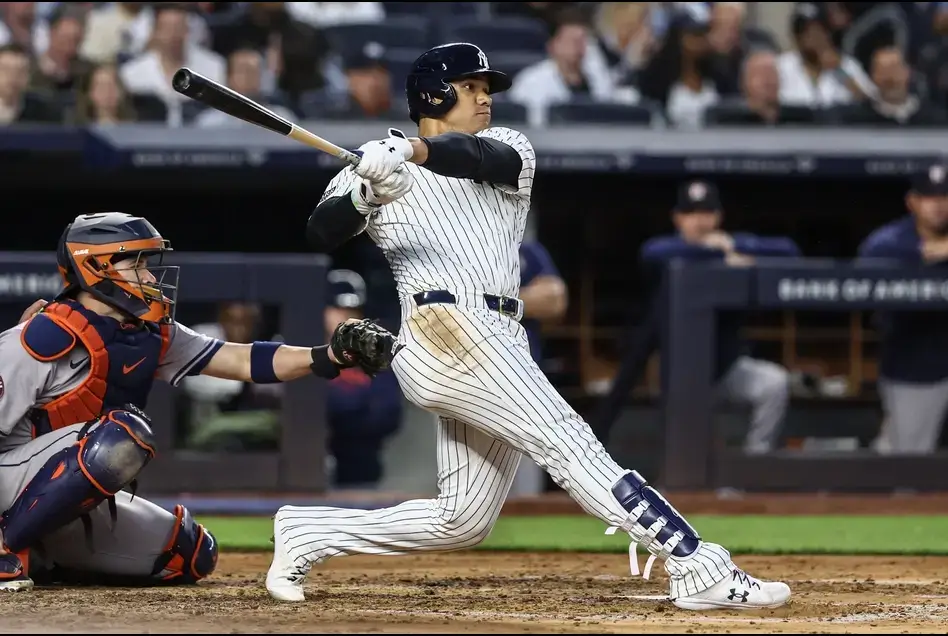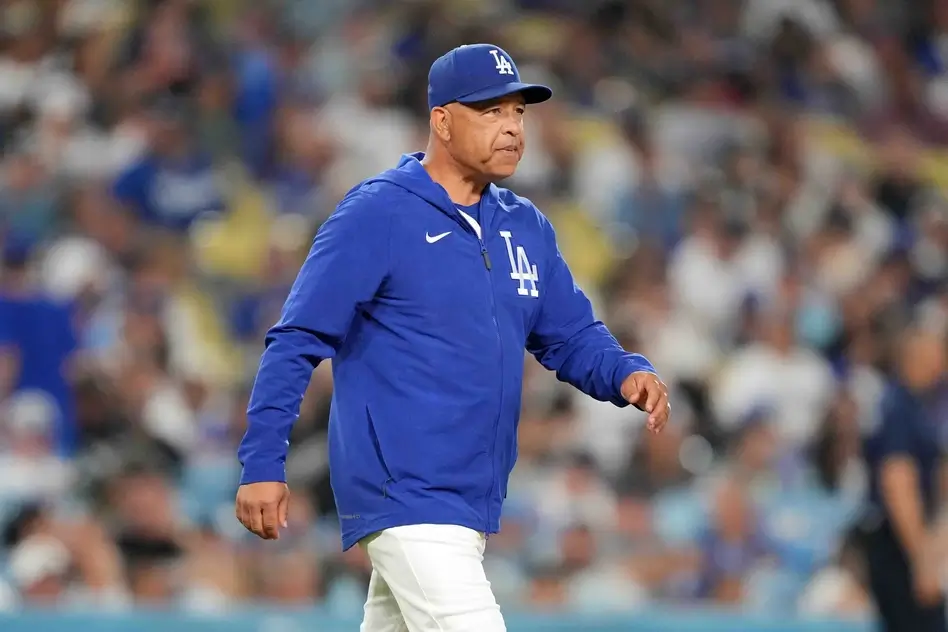The phrase “the art of pitching” does not seem to belong in sports however, both fans and pitchers alike take great pride in the deliberate and strategic elements of a good pitching performance. If the upcoming London Series is your first exposure to baseball, appreciating the deliberate nature and purpose of each pitch will almost certainly improve your experience!
Pitchers are usually categorized broadly into two groups, those who are considered overpowering “hard throwers” and those who are considered finesse “control artists”. Although, there are an increased number of pitchers who can throw fastballs at 95 mph+ in the major leagues, the starting pitchers we will see this weekend are likely to rely on their control and “offspeed” offerings with the harder throwers appearing in relief.
Every pitcher will throw a type of fastball that they will often use for the majority of their deliveries. There are four variations of fastball, the “fourseam” is the straightest and fastest of the lot. It is often used heavily by the aforementioned hard throwers, but also by the control artists who may throw – a difficult to hit – high four seam fastball in an attempt to get the hitter to chase the pitch. Furthermore, after a number of slower deliveries a 90 or 91 mph fastball may be very effective against a hitter who has just tried to time an 80 mph pitch.
The other forms of fastball are all versions of the “twoseam” grip. The regular twoseam, delivered by a right handed pitcher will run slightly away from a left handed hitter at a couple of miles per hour slower than the “four seam”. The “cutter” will “run” or cut into an opposite handed hitter, so is very effective for a right handed pitcher against left handed hitters. It is also a common pitch for pitchers to develop when they lose velocity and therefore become vulnerable against opposite handed hitters who can see their pitches more easily. Finally a “sinker” is a common pitch for both hard and soft throwers to use and due to is drop or “sink” usually induces ground balls (a pitcher’s friend at a time when home runs are becoming more prevalent).
Offspeed pitches have become increasingly important as hitters have become comfortable hitting high velocities. All offspeed pitches (with the exception of the curveball) are designed to fool the hitter into thinking they see the faster (and easier to hit) fastball. The slider is the most common “putaway” pitch and will spin down and away to the left from a right handed pitcher.
Therefore, against like handed hitters the slider is often used with 2 strikes to create a swing and a miss – and therefore a strikeout. Good pitchers however can keep hitters off balance by mixing sliders in at any point. Similarly, a changeup, thrown by gripping the whole ball in the palm, will look like a fastball, however, often sits 10 mph slower than the fastball. When changeups are kept low in the zone they can be very difficult to differentiate and therefore time, however due to their lack of break, high changeups are often hit very hard!
Finally in this category, in recent years the “splitter” has made a resurgence in the league, helped in large part due to an influx in Japanese pitchers namely Saturday’s Masahiro Tanaka. The pitch has a low spin rate and seemingly dives away from its trajectory while maintaining a reasonably high velocity. Therefore, when thrown at the base of the zone, can be an almost impossible pitch to hit, as most hitters look for a fastball and do not see either fastball or offspeed in the splitter.
The last category is breaking balls and the forms of curveball. Although there are a number of different grips and variations of curveball that vary in outcome from the horizontal break of the “slurve” to the vertical “12-6” they all attempt to achieve the same goal: catch the hitter looking for a fastball or freeze the hitter unable to determine if the pitch will be a strike. The sub 80 mph speed of the curveball means that many hitters, who have to be ready to hit a 95 mph fastball, chase curveballs way out of the strike zone as they incorrectly react too early to the pitch’s slower speed.
Occasionally such as in the case of Boston Red Sox pitcher Stephen Wright, a knuckleball specialist will appear in the Major Leagues. He will throw a 60-75 mph pitch that will not spin as it will be released using the fingernails. The ball will hit pockets of rising hot air and move irrationally on its way to the plate.
What can we expect?
Yankee starter Saturday – Masahiro Tanaka
Masahiro Tanaka is a control artist who relies predominantly on his slider (84 mph) and splitter (87 mph) to keep hitters uncomfortable at the plate. Due to an elbow injury in 2014 he stays away from his 95 mph “fourseam” fastball, using a slower 92 mph pitch to keep hitters from anticipating his offspeed pitches and will often, late in at bats, throw it high to encourage chases. He also rarely throws a curveball (77 mph) and will often throw a sinker (91 mph) early in at bats to achieve strike one. He also induces a high rate of groundballs on his sinker and will often mix it with his offspeed deliveries.
Red Sox starter Saturday – Rick Porcello
Rick Porcello has an excellent fourseam fastball (92 mph) control that allows him to have success with his average velocity. He will also throw a sinker (90 mph) to encourage ground balls and a slider (85 mph) to like handed hitters. His best offering is his changeup (82 mph) that he will throw in all counts to any hitter. This is especially effective as most hitters expect pitchers in throw fastballs when the count is 3 balls and 0 strikes for example. He, like Tanaka, has a curveball that will be used if he is facing certain good hitters for a third time that day.
Red Sox starter Sunday – Eduardo Rodriguez
Eduardo Rodriguez is another control artist who, when pitching well can locate his fourseam fastball (93 mph) in difficult places to hit such as, up and in, and on the corners of the strike zone. His changeup (88 mph) is his go to out pitch, while he also mixes in a cutter (88 mph) to opposite handed hitters. If he is controlling his pitches well, his sinker (93 mph) will also be used. He also rarely throws a slider (81 mph) to righthanded hitters.
Likely Yankee starter Sunday – J.A. Happ
J.A Happ throws the most fastballs of any pitcher in baseball, even though he rarely tops 94 mph. He relies on excellent fourseam fastball (93 mph) control up in the zone and a sinker (89 mph). He can also mix in a slider (84 mph) however it is the weaker of his two offspeed deliveries. His changeup (86 mph) is more often used however; most of his outs come from his ability to stay away from the middle of the strike zone with his fastball
Out of the four pitchers, Tanaka has had the most success this year however, they have all struggled at points this season. Happ has struggled with the home run ball with his fastball approach punished on days he has not had good command of his pitches. Similarly, both Porcello (a one time Cy Young winner) and Rodriguez have had recent struggles. Rodriguez has also been plagued by the home run while Porcello’s control of his offspeed pitches has been significantly below expectation.
Interesting pitchers will call their deliveries their “stuff”. Good stuff means good control and good break on their pitches.
Jack Pollard can be reached through his Facebook page “The Straight out of Left Field Show” https://www.facebook.com/OutaLeftField/








